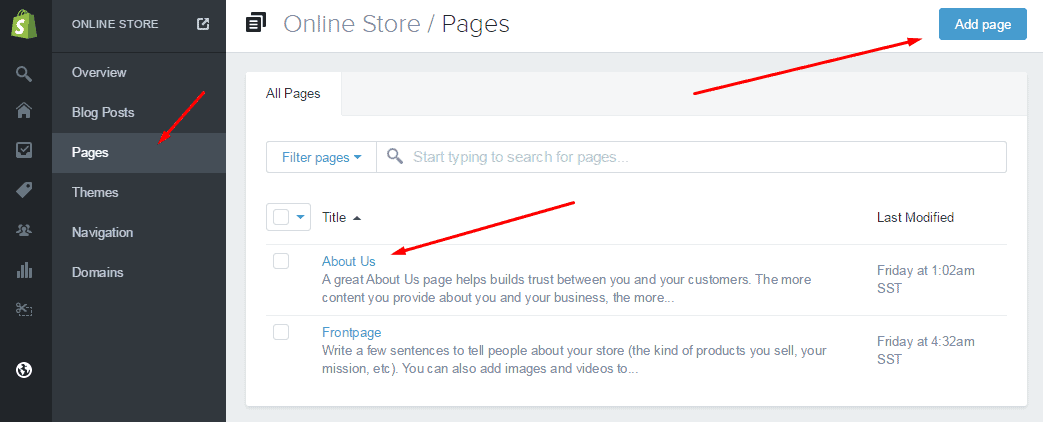


They decided to build the solution they wanted, and that product became Shopify. We had this great CSS-based layout done with all these new fanged ‘web standards’ and the customizability of Yahoo Stores barely allowed me to change the background color of the top frame.” The final straw was when I got a custom design made for my snowboard store and I couldn’t get it to work in Yahoo stores.
#SHOPIFY OFFLINE EDITOR SKIN#
Truth be told, all those systems made my skin crawl because of how bad they were. “I set up our online store based on a variety of different systems such as Miva, OsCommerce, and Yahoo stores. Lütke and Lake wanted to launch an online snowboard shop, but they couldn’t find software that worked for them. Like many startups, Shopify started as a solution to a problem the founders had personally experienced. Evolving from tool to platform to ecosystem Let’s dive into how Shopify built a $10 billion business, and where they can go from here. This drove Shopify to help their users become better merchants, and that’s the biggest reason they’ve grown to where they are today. The more money customers made, the more money Shopify made. Unlike a lot of companies, Shopify was incentivized not just to sell their product to customers, but also to help customers become more successful on the platform.

The company generates over $20 million in revenue each month. Today, their platform Shopify hosts over 325,000 shops for individual sellers and internet giants like Google and Tesla. All they planned to do was build a site where they could sell snowboarding gear. When Tobias Lütke and Scott Lake decided to build an online store in 2004, they had no idea they would end up creating the world’s biggest e-commerce platform.


 0 kommentar(er)
0 kommentar(er)
